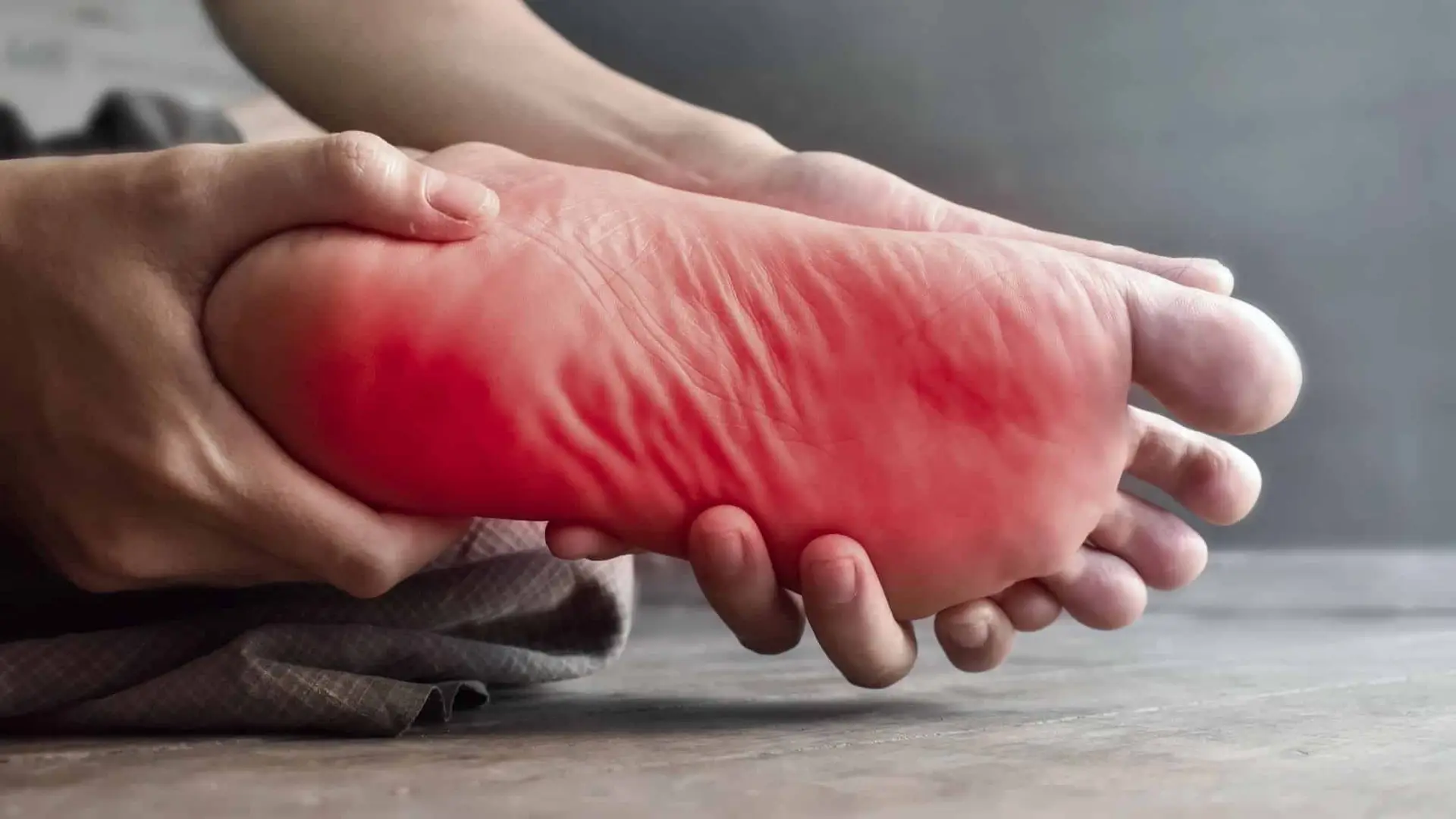
Peripheral Neuropathy Pain Unveiled: In-Depth Look at Causes and Treatments
What is Peripheral Neuropathy?
Peripheral Neuropathy is a disorder that occurs when peripheral nerves are damaged. These nerves are crucial for communication between the brain and the rest of the body. Damage to these nerves can disrupt their normal functioning, leading to pain, numbness, and weakness, typically in the hands and feet but potentially affecting other parts of the body.
Causes of Peripheral Neuropathy
There are numerous causes of Peripheral Neuropathy, including:
- Diabetes: One of the most common causes, high blood sugar levels can damage nerves over time.
- Infections: Certain viral and bacterial infections can lead to nerve damage.
- Injuries: Physical trauma from accidents or surgeries can damage peripheral nerves.
- Autoimmune Diseases: Conditions like rheumatoid arthritis and lupus can attack the peripheral nerves.
- Toxins: Exposure to toxic substances such as heavy metals or chemotherapy drugs can cause nerve damage.
- Genetic Disorders: Inherited conditions like Charcot-Marie-Tooth disease can lead to neuropathy.
- Vitamin Deficiencies: Lack of essential vitamins, particularly B vitamins, can contribute to nerve damage.
- Alcoholism: Excessive alcohol consumption can lead to nutritional deficiencies and nerve damage.
Symptoms of Peripheral Neuropathy
The symptoms of Peripheral Neuropathy can vary depending on the type and extent of nerve damage. Common symptoms include:
- Pain: A sharp, stabbing, or burning sensation, often described as electric shock-like pain.
- Numbness and Tingling: Loss of sensation or a “pins and needles” feeling in the affected areas.
- Muscle Weakness: Difficulty with coordination and muscle control.
- Sensitivity to Touch: Even light touch can cause severe pain.
- Loss of Balance: Difficulty in maintaining balance and coordination.
- Autonomic Symptoms: Problems with digestion, bladder control, and blood pressure regulation due to damage to autonomic nerves.
Diagnosis of Peripheral Neuropathy
Diagnosing Peripheral Neuropathy involves a combination of medical history, physical examination, and diagnostic tests:
- Medical History: Detailed patient history to understand symptoms, lifestyle factors, and potential causes.
- Physical Examination: Examination of muscle strength, reflexes, and sensation in the affected areas.
- Blood Tests: To check for underlying conditions such as diabetes, vitamin deficiencies, and infections.
- Electromyography (EMG): Measures electrical activity in muscles to assess nerve function.
- Nerve Conduction Studies: Tests the speed and strength of signals traveling through the nerves.
- Imaging Tests: MRI or CT scans to detect abnormalities such as tumors or herniated discs.
- Nerve Biopsy: In rare cases, a small sample of nerve tissue is taken for examination.
Treatment Options for Peripheral Neuropathy
Treatment for Peripheral Neuropathy aims to manage symptoms, address underlying causes, and improve quality of life. A multidisciplinary approach is often necessary, combining medical treatments, physical therapy, and lifestyle changes.
1. Medical Treatments
Medications:
- Pain Relievers: Over-the-counter pain relievers like ibuprofen or prescription painkillers may be used.
- Antidepressants: Certain antidepressants, such as amitriptyline, can help alleviate nerve pain.
- Anticonvulsants: Medications like gabapentin and pregabalin are commonly prescribed for nerve pain.
- Topical Treatments: Creams and patches containing capsaicin or lidocaine can provide localized pain relief.
Plasma Exchange and Intravenous Immune Globulin (IVIG): Used in cases where neuropathy is caused by an autoimmune condition.
Surgical Interventions: Surgery may be required to relieve pressure on nerves caused by conditions such as herniated discs or tumors.
2. Physical Therapy
- Exercise Programs: Tailored exercises to improve muscle strength, flexibility, and coordination.
- Manual Therapy: Techniques such as massage and myofascial release to reduce muscle tension and pain.
- Occupational Therapy: Helps patients develop strategies to cope with daily activities and improve their quality of life.
3. Alternative Therapies
- Acupuncture: Insertion of fine needles into specific points to relieve pain and improve nerve function.
- Chiropractic Care: Spinal adjustments and other techniques to alleviate nerve pain.
- Biofeedback: Techniques to help patients control physiological functions and reduce pain.
4. Lifestyle Modifications
- Healthy Diet: A balanced diet rich in vitamins and nutrients to support nerve health.
- Regular Exercise: Engaging in regular physical activity to maintain muscle health and improve circulation.
- Avoiding Toxins: Limiting exposure to toxins such as alcohol and smoking to prevent further nerve damage.
- Foot Care: For those with neuropathy in the feet, regular foot care to prevent injuries and infections.
Living with Peripheral Neuropathy
Managing Peripheral Neuropathy requires a comprehensive approach that addresses both physical and emotional aspects of the condition. Strategies for living with Peripheral Neuropathy include:
- Pain Management Plans: Working with healthcare providers to develop a personalized pain management plan.
- Support Groups: Joining support groups to connect with others who understand and share similar experiences.
- Mental Health Care: Addressing the psychological impact of chronic pain through counseling or therapy.
- Education: Learning about Peripheral Neuropathy and staying informed about the latest treatments and management strategies.
Advances in Peripheral Neuropathy Research
Research into Peripheral Neuropathy is ongoing, with several promising areas of study:
- Gene Therapy: Exploring genetic factors and potential gene therapies to treat or prevent neuropathy.
- Neuroprotective Agents: Developing drugs that protect nerves from damage and promote regeneration.
- Stem Cell Therapy: Investigating the use of stem cells to repair and regenerate damaged nerves.
- New Pain Medications: Development of new drugs that target specific pain pathways with fewer side effects.
Conclusion
Peripheral Neuropathy Pain is a complex and often debilitating condition that significantly impacts the quality of life for those affected. Understanding the causes, symptoms, and treatment options is essential for managing this chronic pain disorder. While traditional treatments like medications and physical therapy remain the mainstay, ongoing research and alternative therapies offer hope for improved outcomes. By staying informed and working closely with healthcare providers, patients with Peripheral Neuropathy can find effective ways to manage their pain and lead fulfilling lives
Types of Chronic Pain
Click the button below to go back to the main section on types of Chronic Pain
Types of Chronic Pain